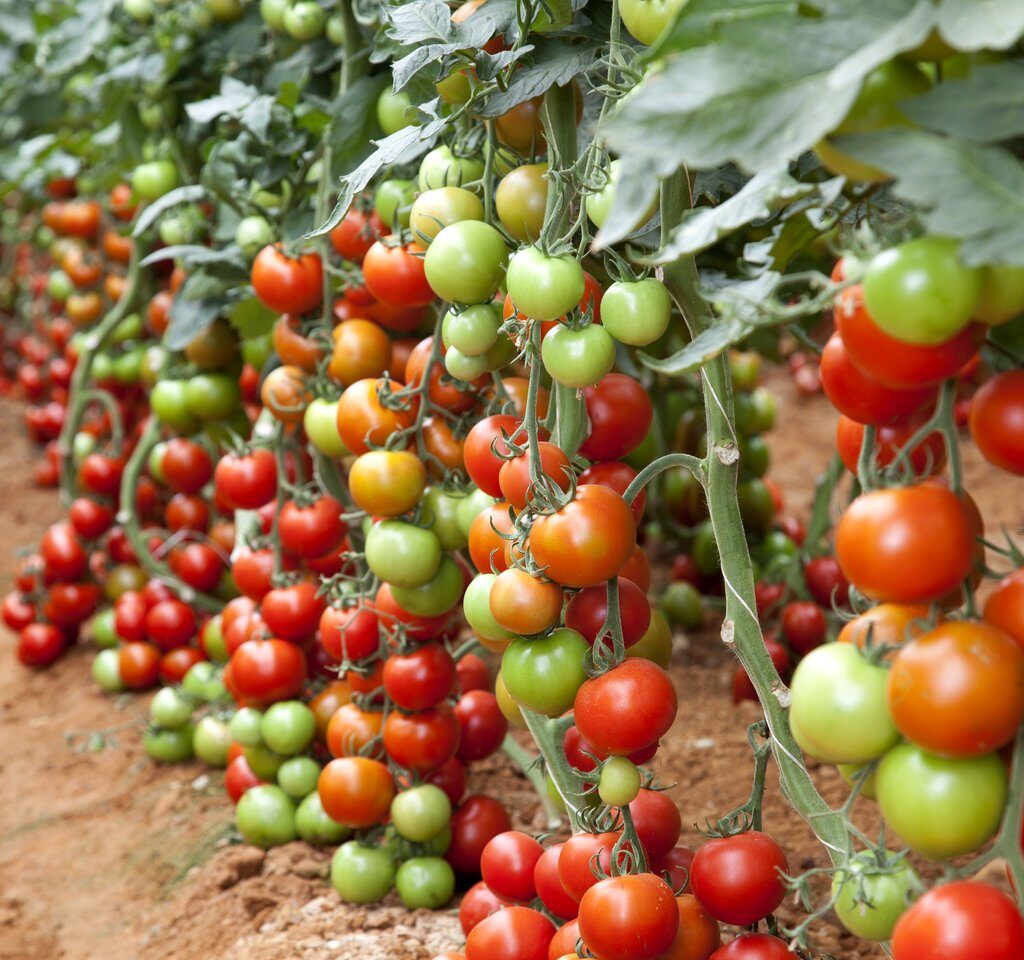The tomato, a humble yet indispensable staple, plays a starring role in kitchens and cuisines across the globe. From fresh salads and rich sauces to savory pastes and tangy juices, tomatoes are as versatile as they are nutritious. As global demand for tomatoes continues to rise — fueled by health-conscious consumers and diverse culinary traditions — the international trade in tomatoes has become a multi-billion-dollar industry.
But which nation leads the world in exporting this bright red fruit? In this comprehensive article, we’ll uncover the top tomato-exporting country, explore how it came to dominate the market, and examine the key trends shaping the future of the global tomato trade.
Global Importance of the Tomato Trade

Tomatoes are one of the world’s most widely cultivated and consumed fruits. According to the Food and Agriculture Organization (FAO), global tomato production exceeded 189 million metric tons in 2023, with a significant portion earmarked for international markets. The global trade in tomatoes — including fresh, canned, and processed products — is valued at over USD 12 billion annually.
Tomato exports are typically divided into:
- Fresh tomatoes (for salads, cooking, or direct consumption)
- Processed tomatoes (including canned tomatoes, pastes, sauces, and juices)
While several countries produce tomatoes in large quantities, only a select few dominate international exports.
Which Country Is the Largest Tomato Exporter in the World?
As of the latest global trade reports, Mexico stands as the world’s largest exporter of fresh tomatoes. The country has held this title for several years, thanks to its proximity to major markets, year-round production, and advanced greenhouse farming techniques.
Key Export Figures:
- In 2023, Mexico exported over USD 3 billion worth of fresh tomatoes, accounting for approximately 26–28% of global tomato export value.
- Over 99% of Mexico’s tomato exports are destined for the United States, making it the largest supplier to America’s ever-growing tomato market.
Why Mexico Leads the Tomato Export Market

Several factors contribute to Mexico’s dominance in tomato exports:
Ideal Climate
Mexico’s diverse and temperate climate allows for year-round tomato cultivation, particularly in states like Sinaloa, Baja California, and Sonora. This gives Mexican growers a competitive advantage over countries with shorter growing seasons.
Advanced Greenhouse Production
In recent years, Mexico has heavily invested in modern greenhouse and hydroponic farming systems, improving yield consistency and quality while reducing dependency on unpredictable weather.
Strategic Trade Agreements
The United States-Mexico-Canada Agreement (USMCA) has solidified Mexico’s access to the lucrative North American market, especially the U.S., which imports nearly 70% of its tomatoes from Mexico.
Competitive Labor and Production Costs
Lower labor and operational costs enable Mexican producers to offer high-quality tomatoes at competitive prices, giving them an edge in international markets.
Other Major Tomato Exporting Countries
While Mexico dominates the fresh tomato market, several other nations hold strong positions in both fresh and processed tomato exports:
Netherlands
The Netherlands is the second-largest tomato exporter globally, renowned for its highly efficient and technologically advanced greenhouse systems.
- In 2023, Dutch tomato exports totaled around USD 1.9 billion.
- The Netherlands primarily supplies European markets like Germany, the UK, Belgium, and France.
Spain
Spain ranks third, exporting over USD 1.2 billion worth of tomatoes annually. Spanish tomatoes are famous for their flavor and variety, with the country’s proximity to the European Union providing a logistical advantage.
Morocco
Emerging as a significant player in recent years, Morocco’s tomato exports exceeded USD 1.1 billion in 2023, largely to France, the UK, and Germany. Its growth has been fueled by greenhouse farming and favorable trade deals with the EU.
Italy
While Italy is more famous for its processed tomato products like sauces, pastes, and canned tomatoes, it also exports a substantial quantity of fresh tomatoes, primarily to other European countries.
Top 5 Tomato Exporting Countries (2023)

| Country | Export Value (USD) | Global Market Share |
|---|---|---|
| Mexico | $3.0 billion | 26-28% |
| Netherlands | $1.9 billion | 16-18% |
| Spain | $1.2 billion | 10-12% |
| Morocco | $1.1 billion | 9-10% |
| Italy | $0.7 billion | 6-7% |
Processed Tomato Export Leaders
When it comes to processed tomatoes, including canned tomatoes, tomato paste, and sauces, Italy leads the world.
- In 2023, Italy exported over 1.4 million metric tons of processed tomatoes.
- Major markets include Germany, the United Kingdom, the United States, and Japan.
- Italy’s processed tomato industry is centered in regions like Parma and Campania.
Other major processed tomato exporters include:
- China
- Spain
- United States
- Turkey
Market Trends and Future Outlook

The global tomato trade is witnessing several important trends:
Rising Demand for Greenhouse and Organic Tomatoes
Health-conscious consumers and a growing interest in sustainable agriculture have driven demand for hydroponically grown and organic tomatoes in developed markets like the U.S., Canada, Germany, and Japan.
Growth in Tomato Exports from Morocco and Turkey
Both countries are rapidly increasing their tomato export capacities, investing in greenhouse infrastructure, and securing new trade agreements.
Impact of Climate Change
Weather anomalies, droughts, and water scarcity — especially in Mediterranean countries — pose risks to tomato production and trade flows.
Trade Disputes and Tariffs
In recent years, tomato trade between Mexico and the United States has faced challenges with proposed tariffs and disputes over pricing agreements, affecting market stability.
Challenges Facing the Global Tomato Trade
While demand remains strong, the tomato export industry faces challenges such as:
- Logistical bottlenecks and rising shipping costs.
- Climate-related crop failures affecting yields.
- Labor shortages in key agricultural regions.
- Market volatility from geopolitical tensions and trade disputes.
Conclusion

In the vast, competitive world of tomato exports, Mexico holds the crown as the largest exporter of fresh tomatoes globally. Its combination of year-round production, cutting-edge greenhouse systems, strategic proximity to the United States, and competitive pricing has allowed it to dominate international markets.
Behind Mexico, the Netherlands, Spain, and Morocco maintain strong export positions, each capitalizing on their own unique advantages in climate, technology, and logistics.
As consumer preferences evolve and global challenges emerge, the tomato trade will continue to adapt — but for now, Mexico remains firmly at the top of the tomato export world.





Leave A Comment